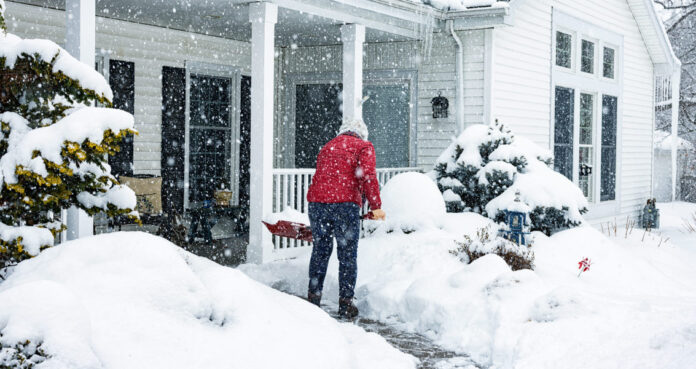Winter is a time to be cozy, warm, and safe. But it’s also a time when heating costs can skyrocket, and there are ways you can save money on your heating bill even if you are not quite ready to spring for a new furnace or air conditioning system. It is the time when budgets are tight and people want to save money wherever they can.
Winter is coming, and with it comes icy winds and the promise of a new season of cold and flu. But while you are waiting for warmer weather to arrive, you can take steps to make your home more energy efficient and comfortable within this season. This article illustrates a few tips to save money by winterizing your house.
The Basics of Winterizing Your Home
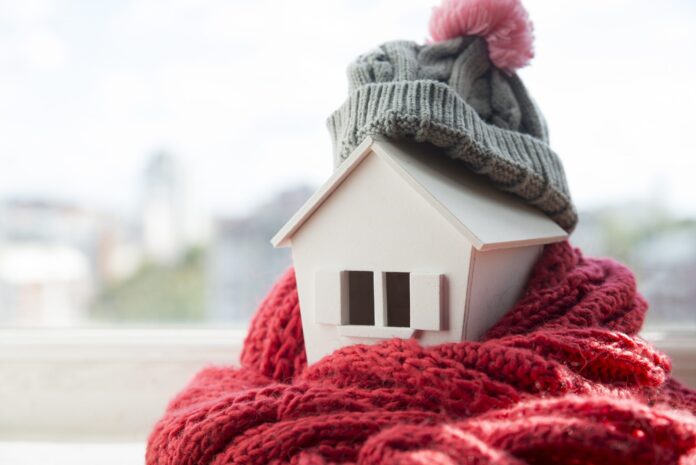
When the weather starts to turn cold, many of us start to think about ways to save money and make our homes more energy-efficient. One of the most important things to do is to winterize your home. It is a process of making your house ready for the cold weather. It also means making sure your utilities are ready for the cold weather.
It involves things like insulating your walls and ceilings, caulking, sealing cracks and joints, installing weather stripping on doors and windows, turning off unnecessary appliances such as the water heater when you are not using it, checking your smoke detectors, etc. By doing these simple tasks, you can save money on your heating and cooling bills and make your home more comfortable in the cold weather.
If you are looking forward to installing vents in the crawl space or basement, then head on to this website vanityvents.com to cover your Foundation Vent Covers and maintain proper insulation of your housae.
Tips to Save Money by Winterizing Your Home
One of the best ways to save money in winter is to winterize your home. By doing this, you will be able to save on your energy bill, reduce your carbon footprint, and keep your home in good condition. By following these simple tips, you can save money and stay safe during the winter.
1. Insulate Your Home
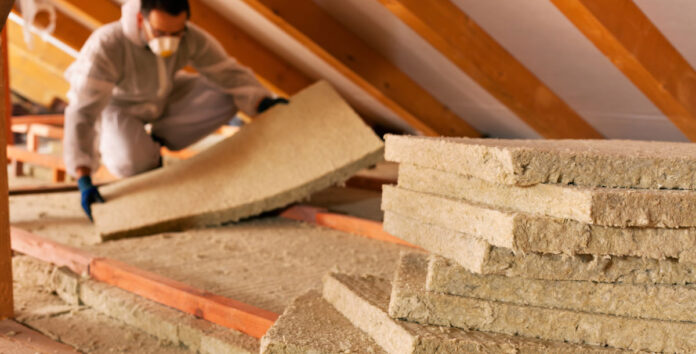
Insulation keeps heat in the house and keeps out the cold. It also helps prevent condensation from forming on windows, which can lead to mold growth and other problems. It can help reduce your energy consumption. You can do this by using insulation in your walls, ceilings, and floors.
You can also install a heating and cooling system that uses less energy. The best insulation is cellulose fiber, which is made from recycled material such as wood chips or sawdust. Cellulose fiber is also used in many building materials, including insulation and roofing shingles.
2. Make Your House More Energy Efficient
Making your home more energy efficient means using less power while still providing enough heat for comfort and safety during winter storms outside. There are several things you can do yourself at home that will make a big difference in how much fuel it takes to keep your furnace running through the winter months.
You can make your home more energy efficient by changing the way you use energy. Furthermore, you can reduce your use of appliances by unplugging them when you are not using them and by using energy-efficient light bulbs.
3. Keep Your Home Clean
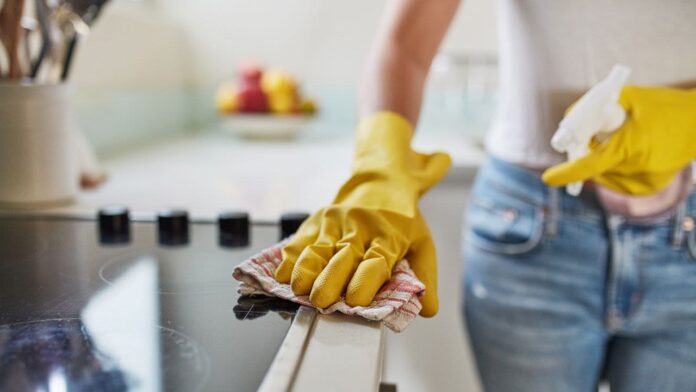
Keeping your home clean can help reduce your energy bill. This means cleaning your windows, cleaning your gutters, and cleaning your house. Furthermore, a clean home is more comfortable than a dirty one, which means that you will spend less time cleaning and more time doing other things.
This is also good for the environment because less dust will be produced in your home, which means less garbage and waste being disposed of.
4. Use Natural Materials
Winterizing your home can be a great way to save money on your energy bills. Using natural materials is also crucial for the winterization of your house to help insulate and protect your home from the cold. Natural materials such as wool, cotton, and straw have excellent insulating properties and can be used in a variety of ways to keep your home warm and cozy during the winter months.
Furthermore, using materials like wood, stone, and glass will make your house energy efficient and will reduce energy consumption. By using these materials, you can reduce your reliance on heating systems, which can save you money on your energy bills.
5. Caulking
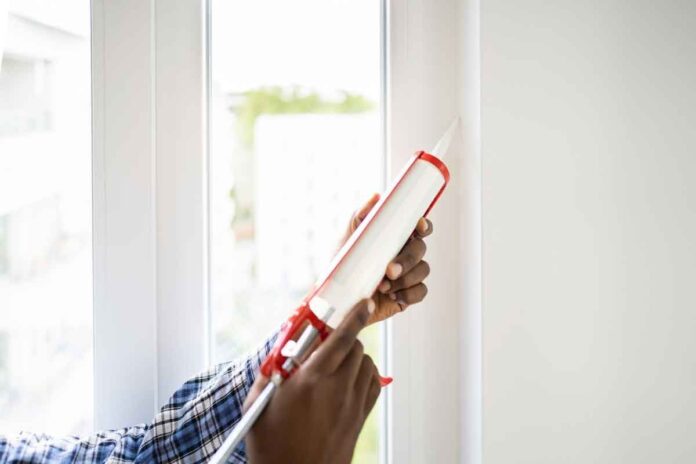
Winter is a time when people tend to want to save money. One way to winterize your home is by doing things like caulking, repairing anything that may freeze, and getting your home energy ready. Caulking is a great way to keep your home waterproof and free from water leaks.
Repairing things that may freeze is essential to keep your home in good condition and not have to worry about things breaking. Getting your home energy ready is important to make sure you don’t have to pay for heating or cooling during the winter.
6. Use Renewable Energy
Winterizing your house can be a lot of work and you must use renewable energy to save energy. Using renewable energy like solar power, wind power, or hydropower will help cut down on your energy bills while also helping the environment by reducing carbon emissions. Many people are also turning to solar power as an alternative to fossil fuels. This will also make your home energy efficient and you will have to stay less dependent on non-renewable sources of energy. If you want to find out how much you can potentially save, you can check out comed rates here.
The Bottom-line
Winter can be challenging if you are not prepared for it. Cold weather, less daylight, and more expensive bills can make it hard to save money. However, there are a few ways to save money and live comfortably in the winter.
Winterization of your house can aid to prepare for the cold weather and protect your property from damage. By doing simple things like insulating your home, keeping your windows and doors closed, and turning off unnecessary appliances, you can help to save money and keep your home comfortable.

